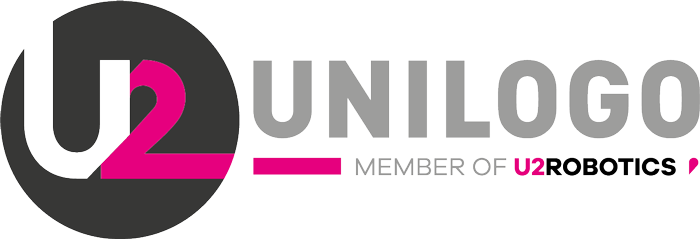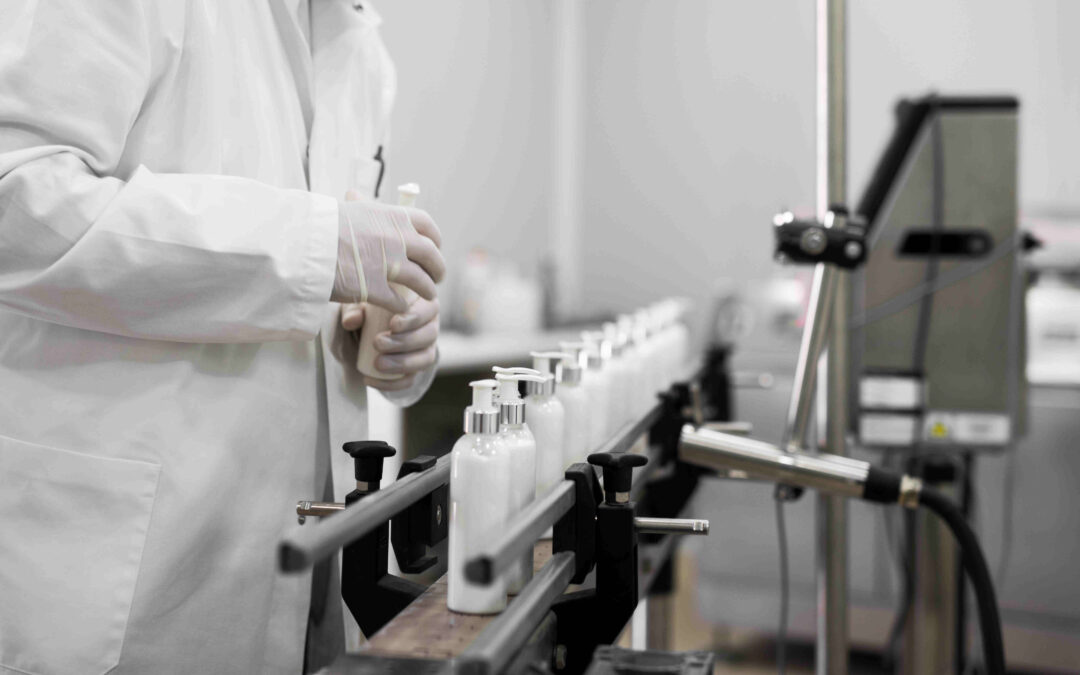Liquid soap is a popular cleaning product that can be found in almost every bathroom. So liquid soap production can be a good business idea! How is liquid soap produced? What exactly is the process of soap manufacturing? What should you consider before entering the industry?
Table of contents:
- Liquid soap – all-purpose cleaning liquid
- Production of liquid soap – how is this cleaning product made?
- How do you start your own liquid soap production? What should you keep in mind?
- Liquid soap making – summary
Liquid soap – all-purpose cleaning liquid
Almost everyone has a bottle of liquid soap in their bathroom. One could even say that, it was a necessity at the start of the COVID-19 pandemic. Soaps in liquid form have been around since the 19th century. The main purpose of liquid soap is to remove dirt, germs and bacteria from the hands, but thanks to additional ingredients, soap also cares for, moisturises and nourishes the skin.
Liquid soap is a detergent made up of surfactants and other ingredients. Soap can be manufactured on a large scale or made at home. Professional machinery is required for mass production.
Production of liquid soap – how is this cleaning product made?
Production of liquid soap on an industrial scale is a multi-stage process that requires not only a great deal of knowledge but also state-of-the-art technology. How is liquid soap produced?
Step 1. Recipe
The creation of a recipe is the first step in the production of liquid soap. Water, surfactants, which are responsible for the lathering of soap, and a variety of active ingredients, such as vitamins, essential oils or extracts, are used to make liquid soap. Water is crucial for soap making. It must be demineralised and treated in order for the product to be of the highest quality.
Step 2. Testing
Once the recipe has been developed, the liquid soap must be tested. Application and apparatus tests are carried out in the laboratory. Only when these are positive can the soap be mass-produced.
Step 3. Mixing plant
After the raw materials are delivered and unloaded, they are weighed and dosed into the mixer. This process is done automatically by machines.
Step 4. Quality control
A sample of the liquid soap created in the mixer is then sent to the Quality Control Department in order to check its quality and compliance with the specifications. The density, colour, viscosity, smell and pH are all evaluated. If the product passes the test, it can be bottled. The soap is then transported to storage tanks, where it will be bottled.
Step 5. Bottling plant
Production lines are used to bottle the liquid soap. These lines differ depending on the type of packaging. It includes standard bottles as well as supplementary packaging. Packaging can be made in-house or by an outside supplier. An automated dispensing line pours the liquid soap into the container.
Step 6. Capping and labelling
After the bottles have been filled, they are capped by a capping machine and labelled with a labeller.
Step 7. Quality control
Before the product goes on sale, another quality check is carried out just after it comes off the production line. This is a random inspection of the finished product to ensure that it meets the specifications.
Step 8. Storage and transport
Following the quality control, the products are packed and transported to the warehouse. From there, they are transported to stores where the liquid soap can be purchased.
How do you start your own liquid soap production? What should you keep in mind?
You need to have business and marketing skills in addition to a working knowledge of the soap-making process if you want to start the production of liquid soap. After all, there is a lot of competition in the market, and success requires a detailed action plan. Discover the 6 steps to success in this industry.
1. Get to know the market
Before you begin production, you must first understand your competitors. Find out which liquid soap manufacturers are on the market, what types of soap are produced, what their prices are, and whether there is anything missing from the market that could become your niche.
2. Understand the process
Even if they are not involved in the entire process of liquid soap manufacturing, liquid soap manufacturers must thoroughly understand each step of the process. This is because the technology used for soap manufacturing varies depending on the method used. If you are unsure which method to choose, consult with machine manufacturers such as Unilogo, who can assist you in selecting the right products from their range to meet your needs.
3. Create a business plan and marketing strategy
Make a detailed business plan for your company. Make a list of all your objectives, company policies, budget and marketing strategy. Think of a catchy name for your product and plan which channels will be used to promote it. The internet, especially your website and social media, will be an important part of your communication strategy. Make sure your content is interesting and engaging in order to bring your brand and product closer to your customers.
4. Identify your needs
Find out what machinery and materials are required to begin production. Start small, and as your company grows, the time will come to increase your investment. Buy machines that are appropriate for your company’s production capacity. Production lines with speeds of up to 40 pcs/min. (Unilogo Cosmoline 40), 60 pcs/min. (Futureproof 60), or up to 120 pcs/min. (Futureproof 120) are available. Rely on high-quality semi-finished products from reputable suppliers for your liquid ingredients. Choose attractive and easy to use packaging.
5. Take care of the legal aspects
To run a business you need to make sure you have all of the legal background required to operate legally. In the cosmetics industry, this entails not only registering the company but also obtaining all necessary approvals and certificates. You must also meet the facilities requirements so that liquid soap production can take place in accordance with sanitary standards.
6. Recruit the right specialists
Liquid soap manufacturing is a multi-step process involving many individuals: from chemists, who ensure proper formulation, through machine operators to those responsible for product packaging.
Liquid soap making – summary
Liquid soap making is a profitable business that can generate substantial profits. However, it is important to remember that in order to stand out from the crowd, you must create high-quality, unique products. Do not underestimate technology. Unilogo’s advanced production lines allow for the automation of product dispensing, capping and labelling. If you are unsure about which line would be best for your company, contact Unilogo’s specialists. Fill out the form and schedule an interview to get a quote.


